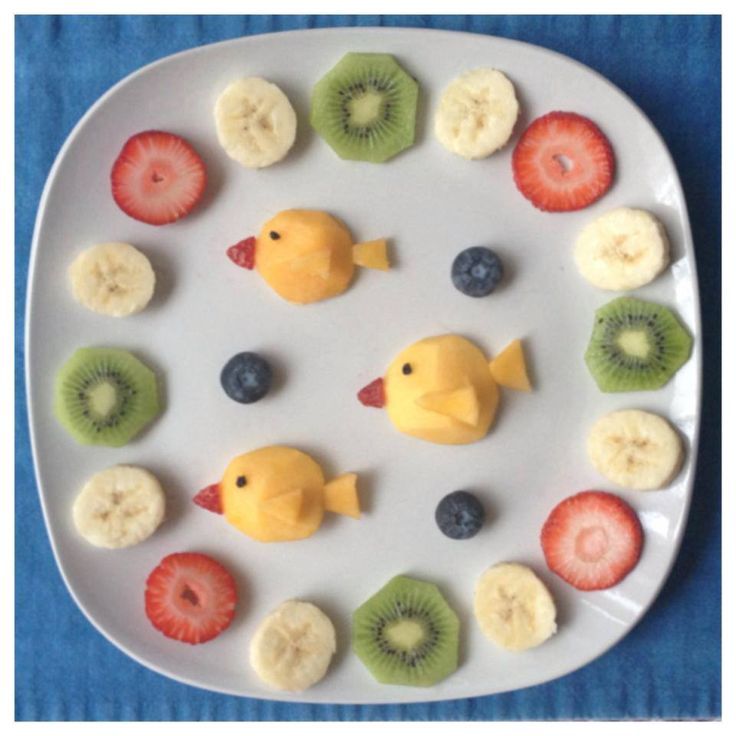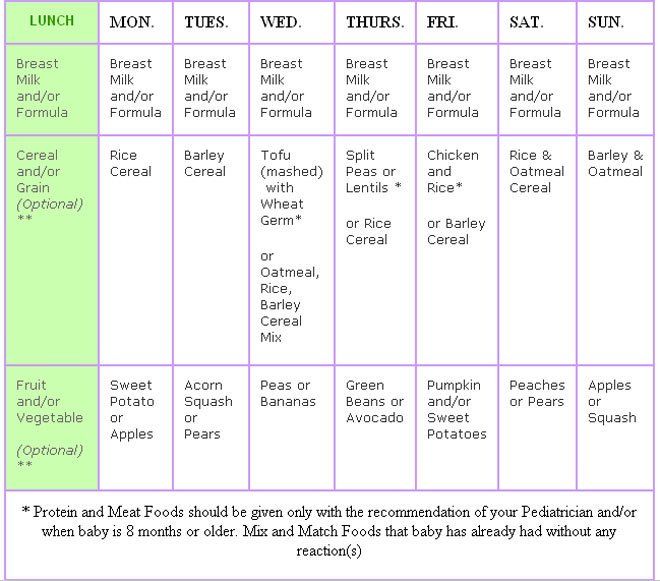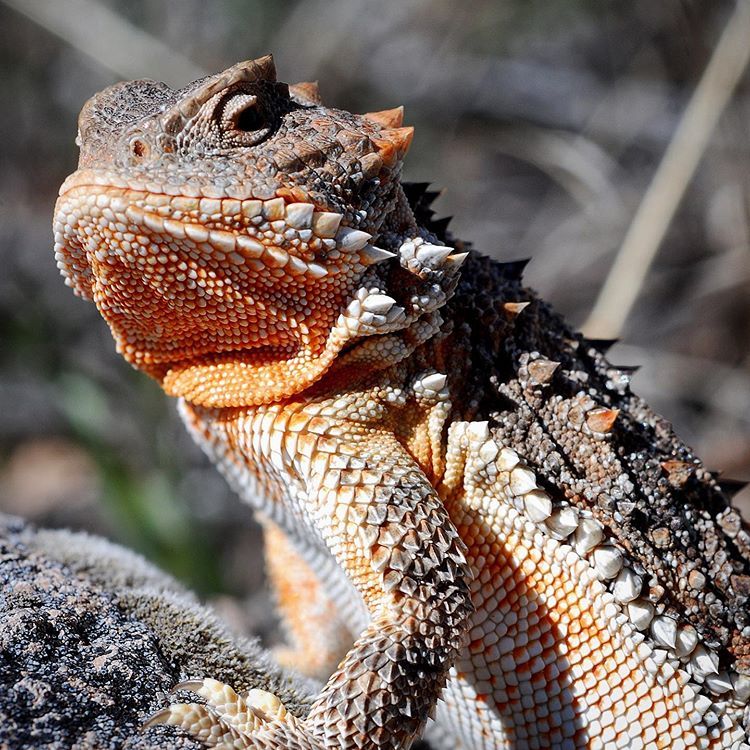Zucchini baby food freezing
Make and Freeze Homemade Baby Food {Zucchini Purée}
How To: Make and Freeze Homemade Baby Food {Zucchini Purée}
Babies love the naturally subtle flavor of zucchini, which is packed with Vitamin A that helps with growth and development and the maintenance of a healthy immune system.
This post contains affiliate product links. Clicking on the links may result in my being paid a commission based on product sales. Regardless of commission, all opinions expressed in this post are my own. For more information, please review our site policies.
I've been doing a lot of apologizing lately. Unfortunately, I wind up having no idea what I apologize for or why I felt compelled to apologize in the first place.
Case in point:
It came up in a recent conversation that I make the majority of our daughter's food myself (as opposed to buying jars or pouches of baby food). Most of the time, people ask me whether it's a lot of work, but this time, I heard a response I wasn't prepared for.
"Of course you do."
Before I could even think about it or stop myself from doing it, I told her I was sorry. The conversation moved on to other things, but I just sat there silently getting angry at myself.
What the heck did I just apologize for? For talking about the baby? For choosing to make her food from scratch? For unintentionally making someone feel inferior?
I'm still not sure.
All I know is I have to STOP apologizing for things that don't require an apology.
While I try and figure out the best way to do that -- do you guys have any advice for me?? -- I'll continue making homemade baby food for as long as it makes sense to do so.
In terms of introducing her to solids, we started with carrots and then moved on to zucchini. At the time, they were still plentiful at the farmers' market, and I wanted to take advantage of our access to the locally grown loot.
First, I washed the zucchini, trimmed the ends, and sliced each of them into rounds. I placed the zucchini slices in a medium pan, poured in just enough water to cover them, and brought the water up to a boil. Then I reduced the heat and let the vegetables simmer until they were fork-tender.
Once the zucchini slices were tender, I transferred them to the bowl of my food processor with a slotted spoon, and pureéd them. Since zucchini has a naturally high water content, I didn't have to add any extra water or liquid to get the consistency I was looking for -- smooth but thick.
As I did for the carrots, I made a large batch of zucchini purée so I could freeze the majority of it.
Once the purée had cooled to room temperature, I spooned it into the compartments of ice cube trays, covered the trays tightly with plastic wrap, and then put the trays in the freezer to set overnight.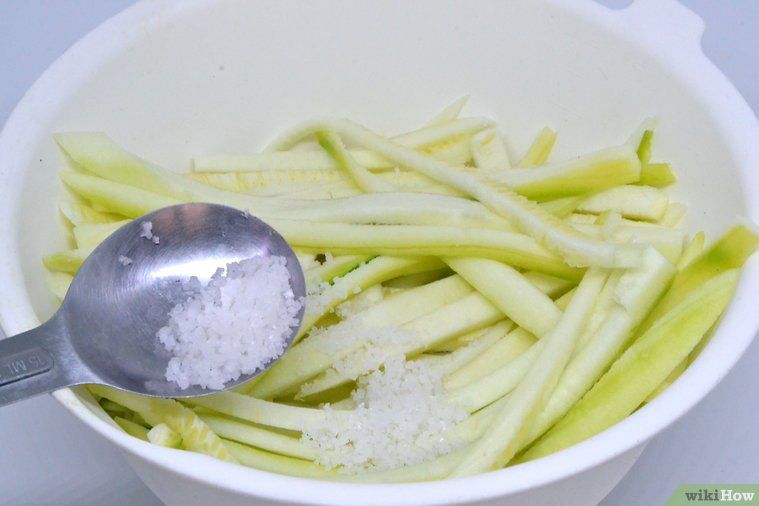
The next day, I popped the cubes of zucchini purée out of the trays and transferred them to quart-size freezer bags marked with the date, contents, and "use by" instructions.
And that's it!
But what if you make and/or freeze a batch of zucchini purée and your baby decides he/she doesn't like zucchini anymore? In case you're left with a whole lot of zucchini purée in your freezer, here are some ways to use it up (you can use the purée in place of shredded zucchini if you want a smoother texture):
- Healthy Double Chocolate Zucchini Muffins
- Potatoes with Zucchini Purée
- Zucchini Bread Muffins
-----
One year ago: Menu Plan: December 28 - January 3
Two years ago: Pepperoni Pizza Potato Skins
Three years ago: Bann Restaurant - New York, NY
Four years ago: Barbecue Chicken Pizza
Five years ago: Shabu Shabu'd at Red & Black
Six years ago: Recession Cooking Class with Erica De Mane
Seven years ago: Food Network Magazine: Take It or Leave It?
Like this post? Connect with me to find out when I post again.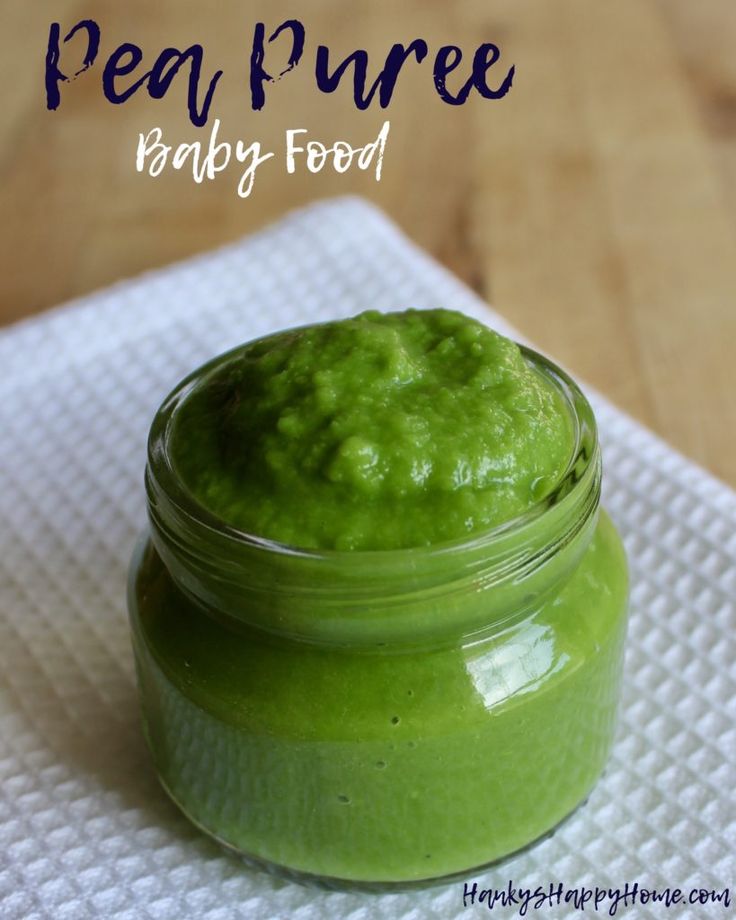 Find me on Facebook, Twitter, Instagram, and Pinterest, or sign up to receive updates via email!
Find me on Facebook, Twitter, Instagram, and Pinterest, or sign up to receive updates via email!
How to Make Zucchini Baby Food
Are you wanting to give your baby the most nutritious baby food possible? Then make your own! Find out here how to make your own zucchini baby food!
This site contains affiliate links. If you make a purchase using one of these links, I may earn a commission. Please visit my disclaimer page for more information about cookies collected and our privacy policy.
Zucchini Baby Food
When it comes to our children, we as moms want to give them the best! We want them to be healthy and we want them to have the best start at life possible!
A great way to give your baby the best optimal start is to make your own baby food! Unfortunately store bought baby food can be laden with chemicals and other nasty ingredients.
Making your own baby food fresh is a great way to not only avoid these nasty ingredients, but to give your baby the freshest, most nutritious food possible!
When all four of my children were babies I made my own baby food for them.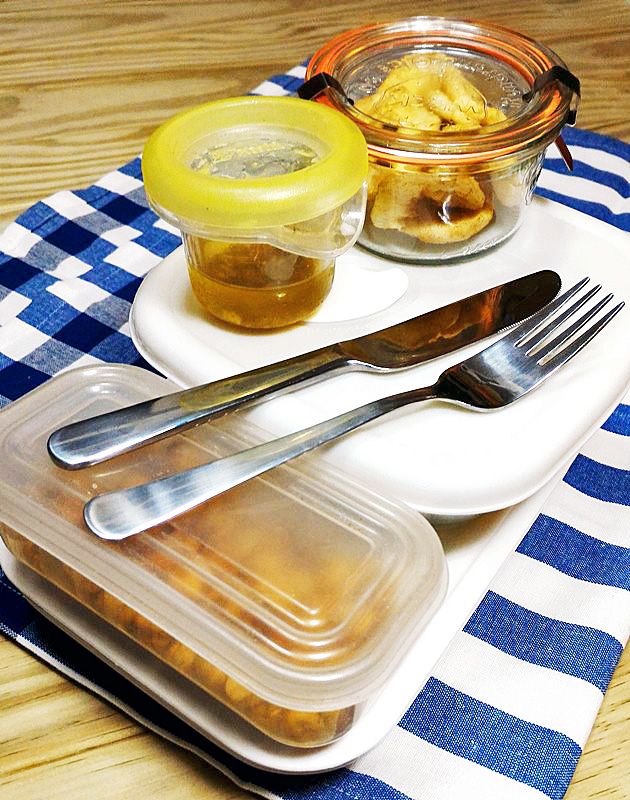 If you have never done it before, then don’t worry, it’s very easy! I’ll walk you step by step through the entire process:)
If you have never done it before, then don’t worry, it’s very easy! I’ll walk you step by step through the entire process:)
And I know it sounds time consuming, but it’s really not. You can make up a whole months worth of baby food in just a few hours!
Making Zucchini Baby Food
Zucchini are very nutritious!
They contain vitamin C, Manganese, Vitamin B-6, Vitamin K, Zinc, Iron and more!
The majority of the nutrients are found in the peels.
Even as your baby gets older zucchini should still be an important part of their diet.
When you child is old enough to chew and eat larger items, you can grate the zucchini, and then when they are even older you can cut zucchini into sticks for them to eat by themselves!
But for now, when they are still little, we want to make the zucchini into baby food to prevent choking.
How to Make Zucchini Baby Food
So let’s get started and go make some zucchini baby food!
The only ingredients that you will need for this recipe are zucchini, and a little filtered or reverse osmosis water.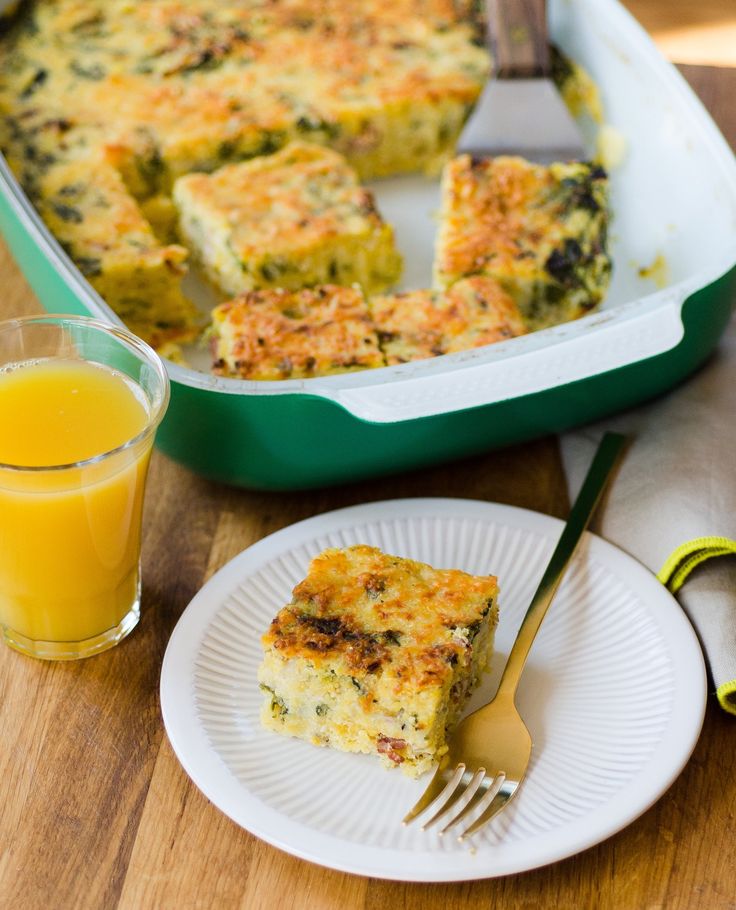
As with all veggies for baby, I recommend only buying organic zucchini.
You want to choose zucchini that are bright green. They should feel firm and heavy, but should be tender enough that you could puncture the skin easily.
The best zucchini for baby are smaller in size so that they are not too tough. About six inches long is a good size to look for.
How to Prepare Zucchini for Baby Food
The first step is to wash the zucchini.
You also need to cut off and throw away the ends.
If the zucchini are small you can cook them whole. If they are a little on the larger size, or if you would like them to cook a little faster you can cut them into even slices.
Should I Peel Zucchini for Baby Food?
As I already mentioned, the majority of the nutrients are found in the peels.
So you do not want to peel the zucchini. Leave the peels on so that your baby can benefit from the wonderful nutrients found in them!
This is also another good reason to buy organic zucchini. Buying organic zucchini means that you do not have to worry about harmful pesticides being present on the zucchini peels.
Buying organic zucchini means that you do not have to worry about harmful pesticides being present on the zucchini peels.
How Do You Cook Zucchini for Baby Food?
There are a couple of healthy options when it comes to cooking zucchini for baby food.
My favorite method for cooking zucchini is to steam it. Mainly because that’s what I’m used to doing when preparing zucchini for myself.
But zucchini can also be baked, which doesn’t require any water.
How to Bake Zucchini
Baking zucchini is very easy.
Simply place zucchini in a covered baking dish and bake at 350 degrees for about 25 minutes.
It’s that easy!
How to Steam Zucchini for Baby Food
Steaming zucchini is really just as easy and actually faster as far as cooking time.
To steam zucchini, simply add water to the bottom of the steamer, put the steamer basket in place, and add your zucchini to the basket. Place the lid on and turn on the burner.
Place the lid on and turn on the burner.
Once steam begins to build up you want to steam whole zucchini for about 10-15 minutes, and sliced zucchini for about 5-8 minutes.
How to Make Zucchini Into Baby Food
To transform zucchini pieces into baby food you need to puree them.
I highly recommend purchasing a Vitamix Blender to make your baby food with. It is one of the best blenders and will blend baby food to a super smooth consistency to insure that you do not end up with zucchini chunks in the baby food that baby can choke on.
This is the only blender that I will use when pureeing not only baby food, but other recipes such as Sweet Potato Pie or Apple Butter as well!
It is the best! And it lasts FOREVER! I have had my Vitamix for over a decade and it’s still going strong and purees foods just as good as the day I got it! Definitely worth investing in!
Zucchini Baby Puree
So add the zucchini to the blender.
I usually fill mine about 1/3 full at a time and blend in batches to help speed the process up. You may also need to add a little water at this time.
If you want to add back in some of the nutrients that were lost during steaming you can use the water that you used to steam the zucchini. Just be sure that you use a good quality filtered or RO water when you steam them.
Start with a few tablespoons of water as you can always add more. If the zucchini gets too thick it will not blend well. So keep stopping and scraping down the sides of the blender as needed and adding water until all the zucchini are smooth and well blended.
You want it to be somewhat thick and not runny, so don’t add too much water. You basically only want to add as much water as is needed to help the blender out. Otherwise the zucchini will just stick to the sides and won’t fall down to the blades.
Once all the zucchini is blended to a super smooth consistency you have baby food! Yep, it’s that easy!
How to Store Homemade Baby Food
But wait, we’re not done yet!
What are you supposed to do with this large batch of zucchini baby food? I mean, as good as zucchini are for you, your baby isn’t going to eat the whole batch at once;)
Like I mentioned above you can make a LOT of baby food in a short amount of time.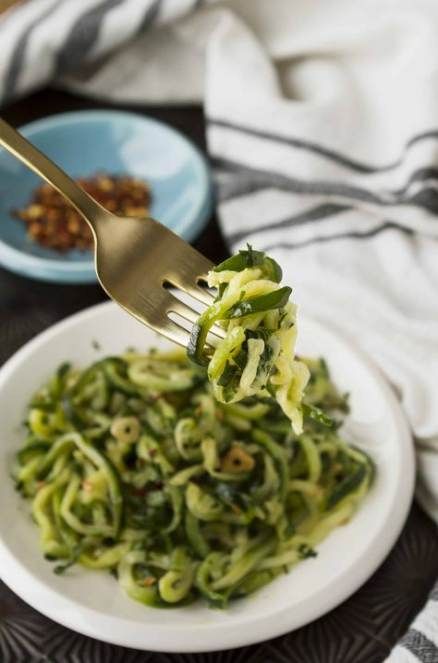 The key is to freeze the zucchini puree that you won’t be using in the next couple of days for later.
The key is to freeze the zucchini puree that you won’t be using in the next couple of days for later.
However, you don’t want to freeze it all together. You want to be able to freeze it in serving sizes so that you can easily thaw out and use a small amount at a time. This way you can have baby food for a month or more!
Zucchini Baby Food Freezing
To freeze baby food efficiently you really need to get these baby food cube trays. They’re kind of like ice cube trays that have lids.
Simply scoop the pureed zucchini into the trays, place the lid on, and put it in the freezer. Once they are completely frozen you can pop them out and store them in freezer bags that are labeled with the date made.
Now you have a large supply of ready made, single serving, zucchini baby food cubes! How easy is that?!
How to Thaw Frozen Baby Food
When it comes time to use your frozen zucchini cubes you need to be sure that they are thawed in advance.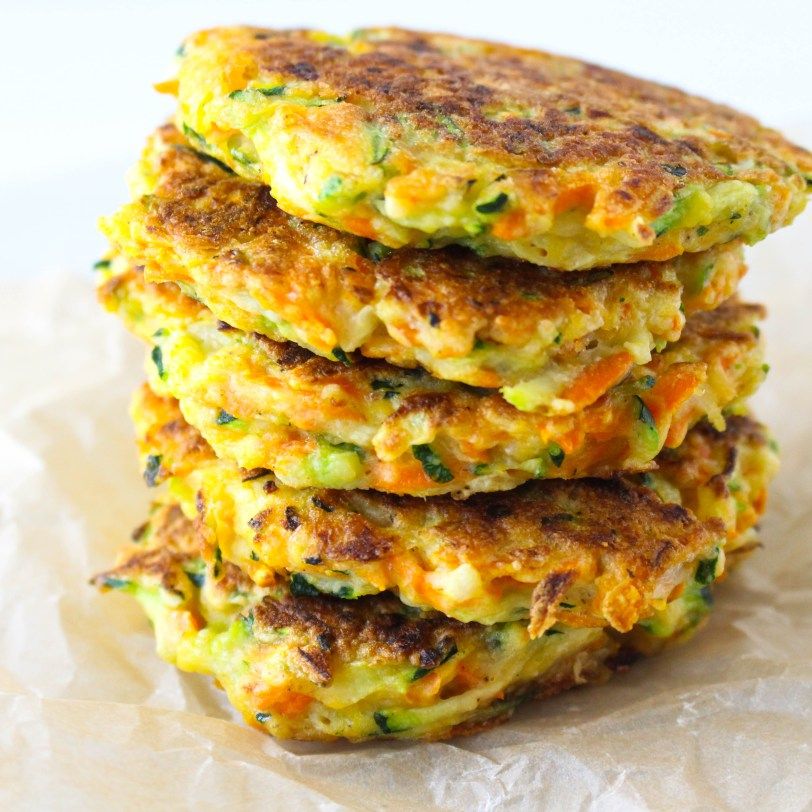
There are a couple of different ways to thaw out zucchini baby food.
The easiest is to put it in a bowl with a lid the night before and let it thaw in the fridge. That way the next day it will be soft and ready to use.
However, I know from experience, that this isn’t always an option! There were many times that I forgot to lay my baby food out and had to do it just before serving it.
I really don’t recommend thawing baby food in the microwave. Not only does it leave hot spots in the baby food that can burn your baby, but it also is bad for the baby food! You can read here about the dangers of microwaves and why I don’t have one.
So, the best way to thaw frozen baby food cubes quickly is to fill a bowl that is a little larger than the bowl holding the baby food with hot water. Sit the bowl with the cubes in the hot water. The heat will be enough to cause the cubes to melt.
You might have to change the water a few times and add fresh hot water as it gets cold.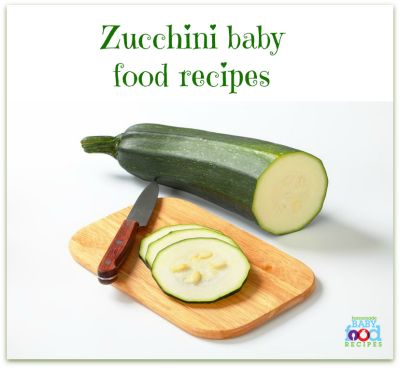 Also occasionally turn the cube and break it up as it gets softer to help speed up thawing.
Also occasionally turn the cube and break it up as it gets softer to help speed up thawing.
I know this might seem like a pain, but it’s the best way to thaw the cubes so that they don’t get too hot for baby and the best way to preserve the nutrients in the food that you worked hard to make!
Be sure to test the thawed zucchini to be sure that they are not too hot before feeding it to your baby.
And that’s how you make homemade zucchini baby food!
Now the only thing left to do is to serve it to your little one:) I hope they enjoy it as much as you enjoy giving your baby the healthiest food possible!
Baby Food Recipes
For additional baby food recipes be sure to read:
How to Make Spinach Baby Food
How to make Green Bean Baby Food
How to Make Sweet Potato Baby Food
How to Make Avocado Baby Food
How to Make Carrot Baby Food
How to Make Butternut Squash Baby Food
How to Make Plum Baby Food
How to Make Banana Baby Food
How to Make Pear Baby Food
Zucchini Baby Food Recipe
Prep Time 10 minutes
Cook Time 10 minutes
Additional Time 15 minutes
Total Time 35 minutes
Ingredients
- Organic Zucchini
- Filtered or RO Water
Instructions
How to Bake Zucchini
- Simply place zucchini in a covered baking dish and bake at 350 degrees for about 25 minutes.

How to Steam Zucchini for Baby Food
- To steam zucchini, simply add water to the bottom of the steamer, put the steamer basket in place, and add your zucchini to the basket. Place the lid on and turn on the burner.
- Once steam begins to build up you want to steam whole zucchini for about 10-15 minutes, and sliced zucchini for about 5-8 minutes.
Zucchini Baby Puree
- Fill blender about 1/3 full with zucchini. If needed add a little water.
- Start with a few tablespoons of water as you can always add more. If the zucchini gets too thick it will not blend well. So keep stopping and scraping down the sides of the blender as needed and adding water until all the zucchini are smooth and well blended.
- You want it to be somewhat thick and not runny, so don't add too much water. You basically only want to add as much water as is needed to help the blender out. Otherwise the zucchini will just stick to the sides and won't fall down to the blades.

- Once all the zucchini is blended to a super smooth consistency you have baby food! Yep, it's that easy!
How to freeze zucchini for the winter: 4 ways with photos and videos
In summer, zucchini cost a penny and are sold everywhere. But in winter it is almost impossible to find them, and they cost like a wing from a Boeing. The conclusion is simple - we stock up on zucchini in the summer. I tell you how to freeze zucchini in different ways.
You can freeze zucchini like this:
- diced
- mugs
- grated
- mashed.
The method that works for you depends on what you plan to do with the vegetables after defrosting. If you usually add zucchini to stews or soups, then freezing cubes will suit you. If you like a variety of zucchini pancakes, it will be more convenient to freeze grated zucchini. If you use this vegetable mainly for baby food, freeze zucchini in the form of mashed potatoes.
How to freeze zucchini
To freeze zucchini we need:
Zucchini - 1 kg. It is best to take a young vegetable without seeds. Its skin should be thin. The age of a zucchini is easy to check: you need to run your fingernail along its peel. If traces are easily left on it, then the zucchini is young and suitable for freezing.
Greens - bunch. You can use dill, cilantro, and parsley, but I find dill goes better with zucchini than any other herb.
Plastic bags, freezer container (optional), cling film, ice cube freezer.
Method 1. Freezing courgettes in cubes
First, wash the zucchini thoroughly in water and cut off the ends.
Before freezing zucchini, make sure that there is ice or ice water in the freezer. Ice is needed to instantly cool the zucchini after blanching, and it is necessary so that the zucchini can be stored in the freezer longer and not lose their taste, color and texture. When blanching, enzymes (enzymes) of vegetables are destroyed, which contribute to the rapid spoilage of products.
When blanching, enzymes (enzymes) of vegetables are destroyed, which contribute to the rapid spoilage of products.
Zucchini without blanching may change color, become hard, tasteless if stored for a long time.
In my opinion, freezing zucchini in cubes is the most versatile. They can be added to soups, stews, stews with sour cream, spices, etc.
Zucchini, cut into 1 to 1.5 cm cubes.
Boil the water and dip the zucchini cubes for 2-3 minutes, they do not need to be cooked for a long time (the water does not need to be salted). If there are too many zucchini, then it is better to blanch them in batches so that the water does not cool down and all zucchini blanch evenly.
Next, drain the boiling water together with the cubes into a colander, pour them into a deep container and immediately pour cold water with the addition of ice cubes - you need to stop the thermal process as soon as possible and cool the zucchini.
After the zucchini has cooled well, you need to drain the water from them, throwing them into a sieve or colander.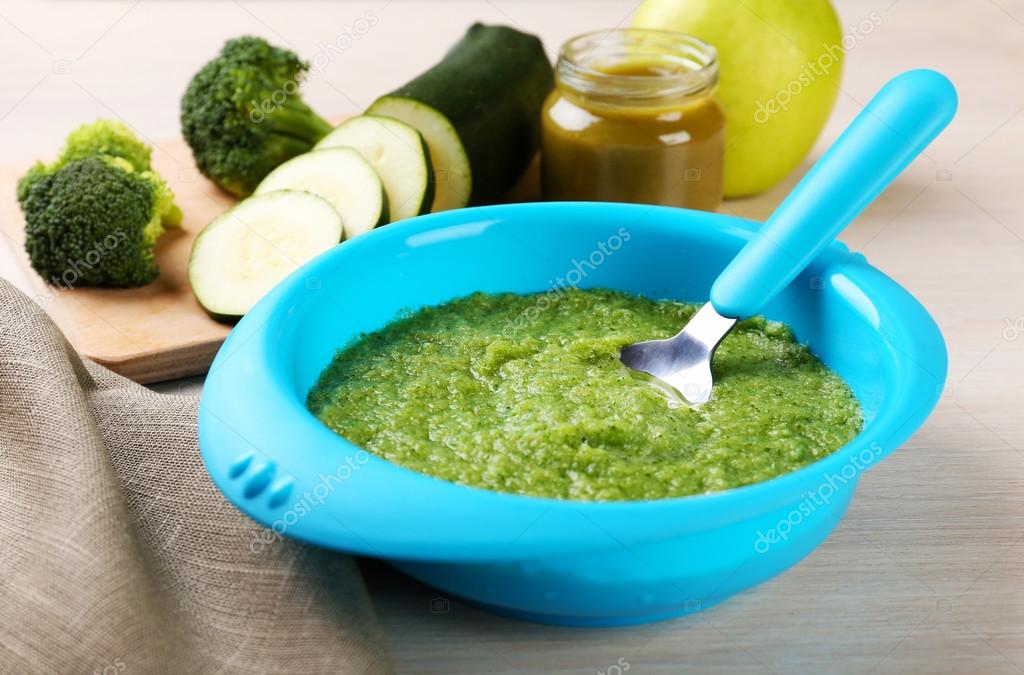 Transfer the cubes to a clean kitchen towel (waffle or cotton baby diaper is best) so that they do not touch each other. Let them dry well before freezing.
Transfer the cubes to a clean kitchen towel (waffle or cotton baby diaper is best) so that they do not touch each other. Let them dry well before freezing.
Some of the cubes can be frozen in their original form, and some can be mixed with chopped herbs - dill, parsley, cilantro to make a mix of zucchini and greens. Such a blank will look more advantageous in a dish.
Dried zucchini with and without herbs should be frozen in the freezer. To do this, sprinkle the zucchini on a dish or a flat tray covered with cling film so that the zucchini does not freeze. And so that the cubes of zucchini with and without herbs do not mix with each other, they can be demarcated with a wooden spoon, a rolling pin or a roll of parchment.
Leave the zucchini cubes in the freezer for 3-4 hours at -18 degrees or below. If you leave the zucchini for the night, then they can become very covered with frost, such a preparation will not look very attractive and after defrosting the zucchini will lose a lot of moisture.
Pour the frozen cubes of zucchini into a tight plastic bag (most conveniently with a zip fastener), sign the label, remove air from the bag and close tightly. It is convenient to remove air with a drinking straw - you can see how to do it correctly here.
Send bags of frozen zucchini cubes to the freezer for storage.
Method 2. Freezing courgettes in slices
Zucchini mugs are also a useful preparation. They can not only be fried in batter or baked in the oven, but also used to make ratatouille, casseroles or savory snacks.
Freezing principle similar to freezing cubes.
Zucchini cut into circles of the desired thickness, but not less than 0.7 cm, blanch (or fry in a dry frying pan to slightly evaporate the liquid), cool in ice water, dry on a paper towel, and then freeze on a drip tray or cutting board, tightened food film.
Frozen zucchini slices come off the board easily and can be transferred to containers or freezer bags.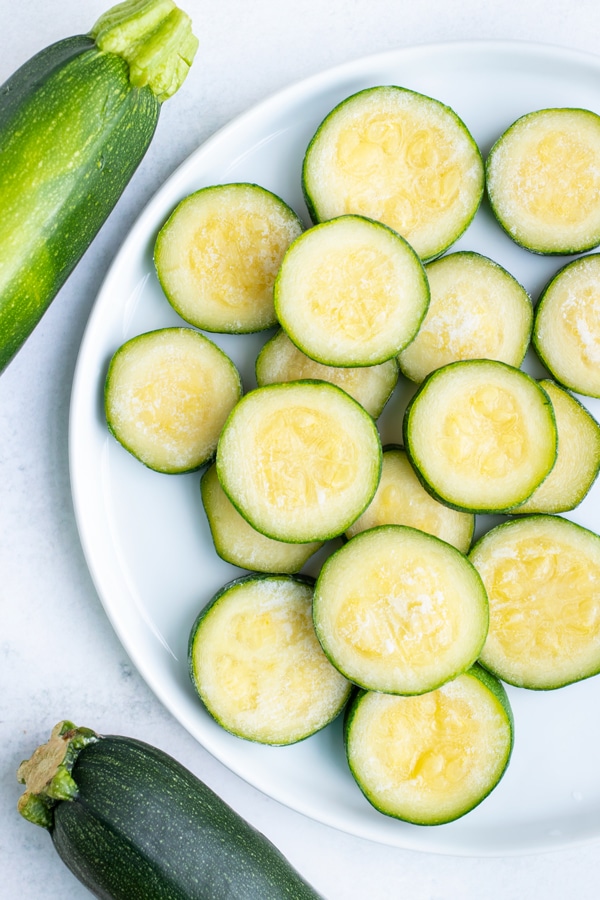
Sign label, bleed air and close tightly. By the way, it is very convenient to indicate on the label for which dish the zucchini is cut, for example, mugs of zucchini for ratatouille, weight 200 g.
Method 3. How to freeze grated zucchini
If you often make squash pancakes, this method is for you. In addition, this method of freezing saves a lot of space in the freezer.
Grated zucchini can be frozen both raw and thermally processed, raw is a faster way.
Coarsely grate the zucchini and squeeze out as much liquid as possible with cheesecloth. Place in freezer bags, flatten and remove air from bags. Close tightly and freeze.
If you choose to freeze thermally processed zucchini, you must follow these steps:
Coarsely grate zucchini. To boil water.
Transfer the grated zucchini to a sieve (it is important that there is still a deep bowl under the sieve) and pour well with boiling water, immersing the sieve in hot water.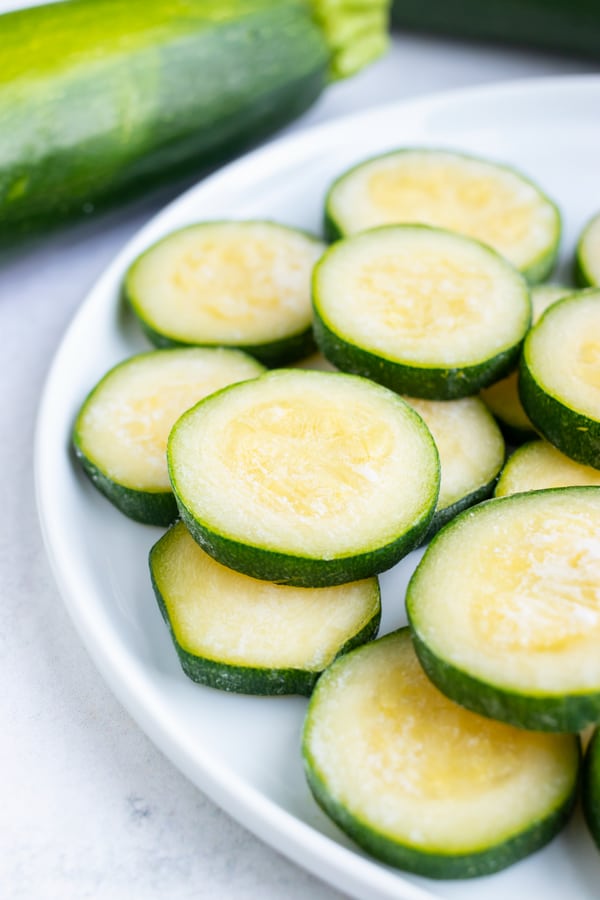 In this case, the grated zucchini should remain in the sieve in hot water. Soak in hot water for 1 minute, drain and immediately plunge into cold water with ice.
In this case, the grated zucchini should remain in the sieve in hot water. Soak in hot water for 1 minute, drain and immediately plunge into cold water with ice.
Soak grated zucchini in ice water until completely cold.
Next, raise the sieve to glass the water and squeeze the zucchini from moisture right in the sieve with your fingers, pressing the grated pulp against the walls of the sieve. I highly do not recommend squeezing in your hands, blanched zucchini is much softer than fresh and strongly squeezing the pulp in your hands can damage it and turn it into gruel.
Transfer the squeezed zucchini to a freezer bag, distributing the contents so that a flat billet is obtained (in this form it will freeze and thaw faster and more evenly, and such a billet is very compact and takes up little space in the freezer), sign the label, remove air and close tightly.
Transfer the bag of grated zucchini to the freezer on a flat surface for long-term storage.
Method 4.
 How to freeze zucchini puree
How to freeze zucchini puree
This preparation is suitable for those who like to add zucchini puree to gravies or stews, to minced meat or to feed babies.
Boil zucchini pieces in lightly salted water (for complementary foods - in water without salt), drain the water, transfer the boiled zucchini to a blender bowl and puree until smooth. Let the puree cool.
If your portions of complementary foods are still very small, or you add zucchini puree to other vegetables or meat, it is convenient to freeze the puree in ice cube containers.
Using a teaspoon, transfer the puree to the ice cube freezers.
Place the container in the freezer on a flat, level surface for 3-4 hours at -18 degrees or below.
After the puree cubes are well frozen, they must be removed from the container. To do this, it is enough to turn the container over onto the board and hit it well - the cubes will fall out by themselves.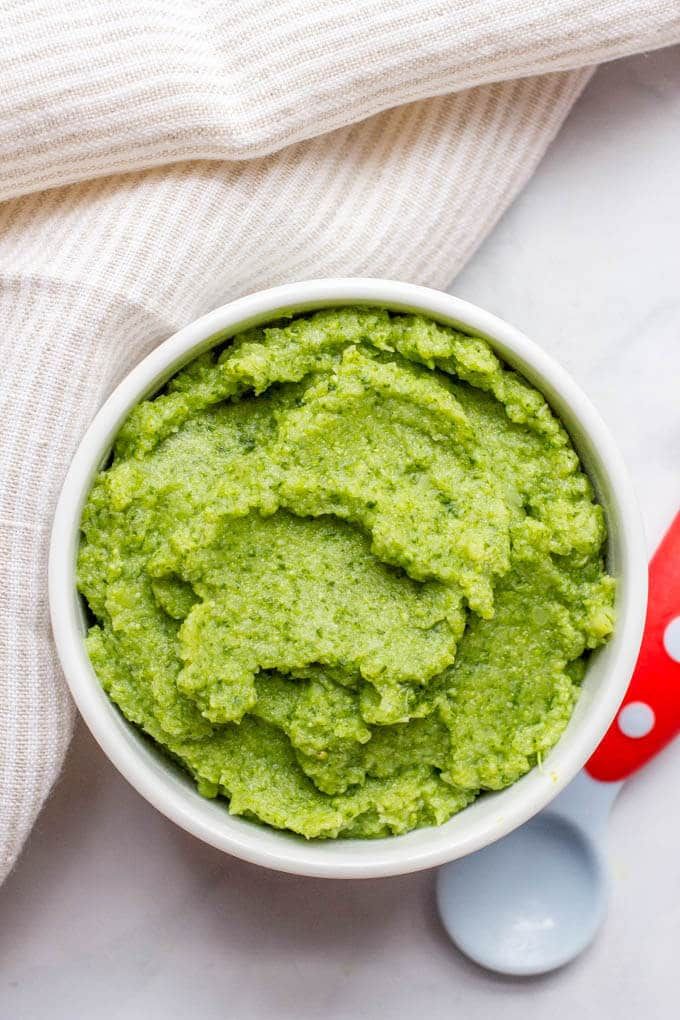 If the cubes are very frozen to the walls of the container, then they can be slightly pry with a knife.
If the cubes are very frozen to the walls of the container, then they can be slightly pry with a knife.
Transfer the frozen cubes of puree into a bag, sign the label, remove the air and close tightly. Send to the freezer for storage.
Shelf life of zucchini
Frozen courgettes will have a different shelf life than how they are cut or minced.
Zucchini cubes and mugs can be stored for 12 months at -18 degrees.
Grated zucchini - 8-10 months at -18 deg.
Puree - no more than 6 months. at -18 deg.
Refreezing zucchini is not recommended! Such a blank will be tasteless, tough, sticky, etc.
Frozen zucchini cubes and mugs do not need to be thawed before adding to the dish. If you still need to defrost them, then just transfer them from the freezer to the refrigerator and wait for full or partial defrosting.
Grated zucchini must be thawed in the refrigerator, it may release juice, which must be drained by slightly squeezing the zucchini with your hands.
And to defrost zucchini puree, you need to transfer them to a cup or bowl and leave in the refrigerator. For feeding, you can use 1-2 cubes, place them in a cup, and immerse its bottom in a container with hot water and the cubes will thaw faster and warm up to a comfortable temperature - you can give it to your child.
Do you like these recipes?
Author: Dasha
How to freeze zucchini for babies
Contents
- 1 About the benefits of zucchini
- 2 Choose the “Correct” zucchini
- 3 Freezing of zucchini for the winter
- 3.1 General rules for preparing the vegetable for freezing 9000 3.2 Cubbles
9000 3.3 Pucked puree in the freezer
In winter, of course, you can also buy zucchini, but not the fact that they were grown and preserved without the use of chemicals. You can, of course, buy ready-made squash puree in the store, or you can prepare them yourself. How to freeze zucchini for feeding babies will be discussed in our article. If everything is done correctly, then they are perfectly stored in the winter.
About the benefits of zucchini
Zucchini is considered a dietary vegetable that normalizes the water-salt balance of the human body, removes excess fluid. In addition to sodium, magnesium, potassium, phosphorus, iron and copper, it contains a large amount of vitamins of various groups. And, most importantly, delicate fiber is easily digested. No wonder this relative of the pumpkin is called the northern pineapple. That is why the vegetable is recommended for baby food from infancy, including for the first feeding.
The effect of the vegetable on the child's body is multifaceted:
- A large number of various vitamins strengthens the immune system, promotes the formation of the nervous system.
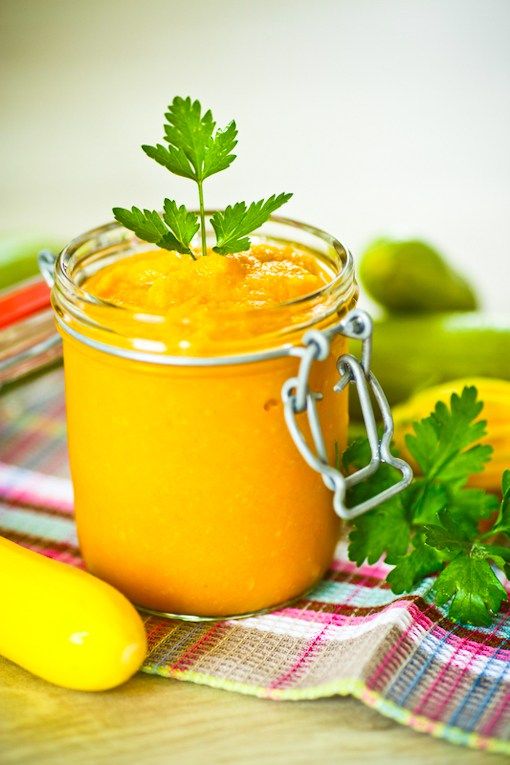
- Minerals contribute to oxygenation of the blood, thus improving brain activity.
- Delicate fiber improves peristalsis. It is essentially a mild laxative.
Zucchini has a neutral taste, so small children eat zucchini puree well. As for its relatives - pumpkins and zucchini, because of the dense pulp and special taste, children often refuse to puree from these vegetables.
Important! Zucchini frosts are also beneficial in that the nutritional properties of the product remain virtually unchanged.
Zucchini puree:
Choosing the “right” zucchini
Young mothers and grandmothers are interested in the question of how to properly freeze zucchini for babies. First of all, you need to know which vegetables to choose for storage in the freezer.
- Not all zucchini are suitable for baby food: you need to choose young specimens that have a delicate skin, and the seed chamber is practically not formed.
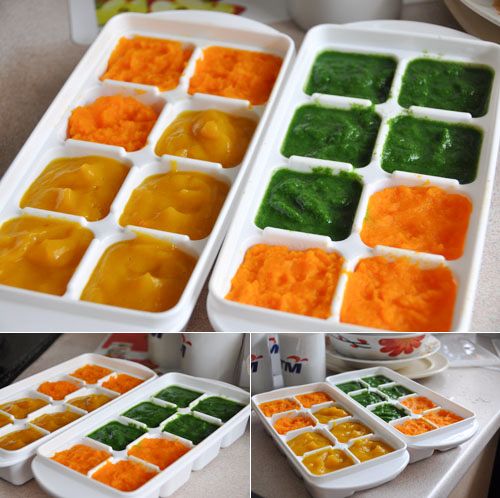 It is in such frozen vegetables that whole pieces remain after thawing after thawing.
It is in such frozen vegetables that whole pieces remain after thawing after thawing. - Vegetables must be fresh, smooth, skin thin and shiny.
Warning! Zucchini with any damage for winter feeding for babies is not recommended to be frozen.
Properly frozen vegetable can be used for the first feeding without fear. After all, it retains all the nutrients, vitamin group and trace elements. Mashed potatoes, light soups are prepared from zucchini freezing. Zucchini can be baked, just like fresh vegetables. As the child grows older, you can prepare soups and purees with the addition of other vegetables.
Freezing zucchini for the winter
General rules for preparing vegetables for freezing
It is important to know not only how to freeze zucchini for the first feeding of a baby in winter, but also the correct preparation of them. What needs to be done so that the vegetable benefits children, retains its nutritional and taste qualities.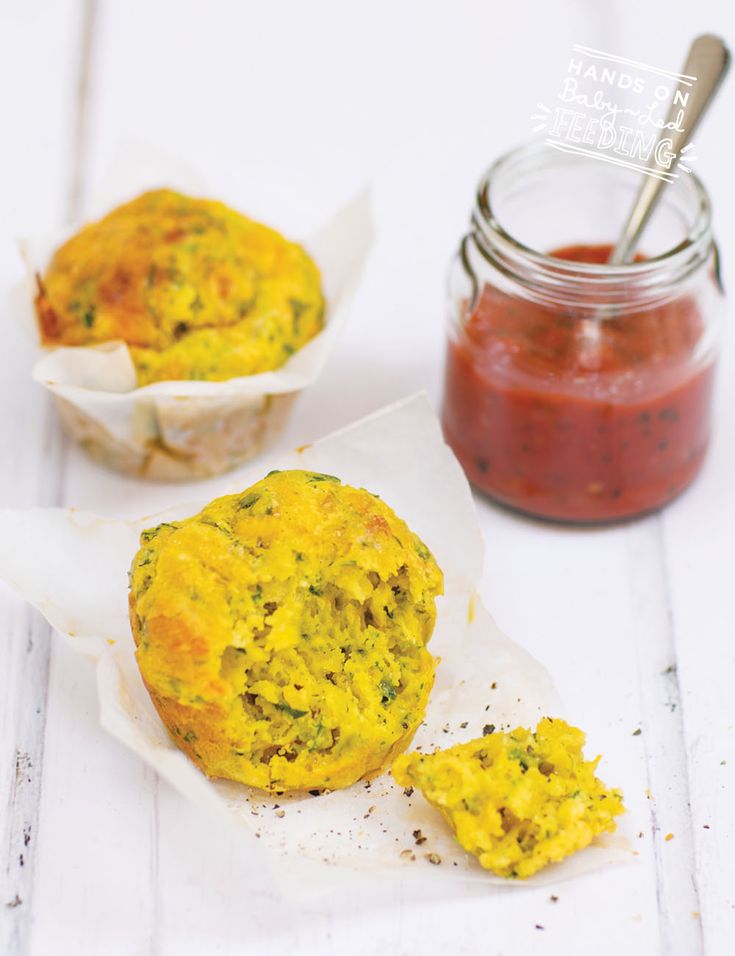
Basic rules:
- Having chosen young specimens, we reject zucchini for freezing even with the slightest flaws.
- We wash the vegetable in several waters to get rid of the slightest contamination.
- Cut off the ends and peel off the skin. This is easy to do with a vegetable peeler.
- Wash the peeled vegetables again with cold water and pat dry.
The first stage of preparation has been completed. Let's start freezing zucchini.
Freeze into cubes
- Cut the prepared and dried vegetables into strips. Then we prepare small cubes. They should be no more than 2 cm, then the freezing will be more intense, which means that the beneficial properties will be preserved better. The middle of the zucchini with the seed chamber can be left, or removed with a spoon.
- Fill a saucepan with clean water to fit the cut pieces. If you live in a city apartment, then it is best to buy bottled water for blanching zucchini for feeding babies, it does not contain chlorine.
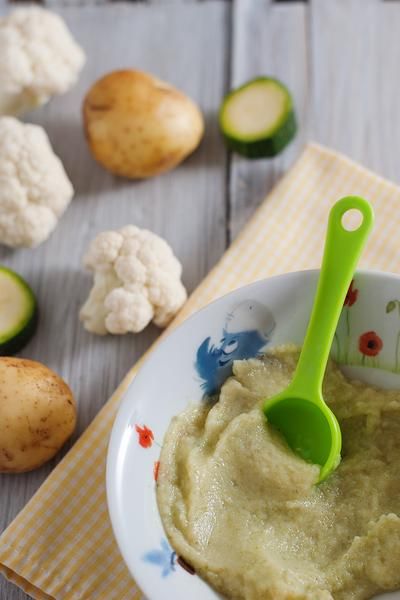 Place the saucepan over high heat and bring to a simmer.
Place the saucepan over high heat and bring to a simmer. - When the water boils, add the cubes and blanch for 5 minutes. No more, otherwise they will boil!
- We fold the preparation for freezing into a colander and let the water drain. In this container, the zucchini pieces should cool completely.
- Stretch cling film over the cutting board (to prevent the zucchini from freezing to the board) and spread the dried zucchini pieces on it at a small distance so that they do not freeze. Place in the freezer for about 4 hours. This time is enough so that in the future the zucchini does not freeze in one lump.
- Take frozen baby food out and pour into a plastic bag or container. Make a label on each bag, noting when they were frozen. And back in the freezer.
In this state, the preparation will be stored for a long time without losing its nutritional qualities.
Tip! In order not to take out the whole bag of zucchini each time, freeze them in portions.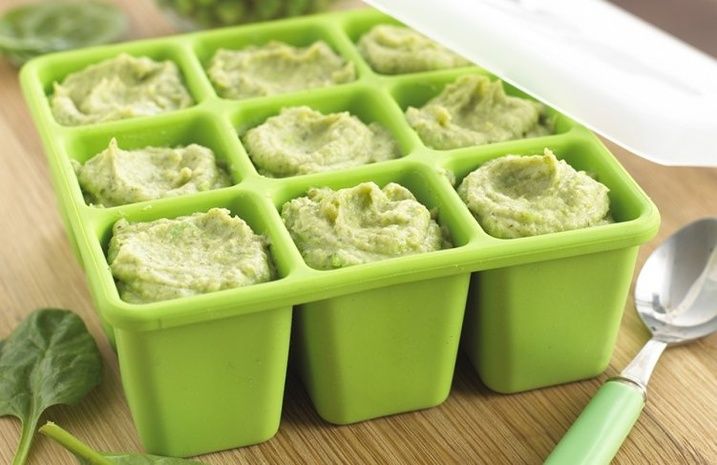
Zucchini puree in the freezer
Pediatricians advise mothers to feed their babies after four months if they are breastfeeding and after six months if they are breastfeeding. It is this vegetable that provides intestinal motility. In addition, zucchini has a lot of useful qualities. How else can you prepare zucchini for the winter for feeding a small child?
It is not necessary to buy ready-made mashed potatoes in jars, because you can prepare it for the winter with your own hands. It is not difficult to make a blank, and, most importantly, you will always be sure of the quality of baby food.
- We wash young zucchini without damage, peel them. The middle can not be cut out if the seeds have not yet formed.
- Cut the vegetable into pieces and boil in boiling water for no more than 10 minutes. Boiling and blanching rids zucchini of nitrates.
- Drain the vegetables in a colander to drain the liquid.
- Using a blender, prepare puree.
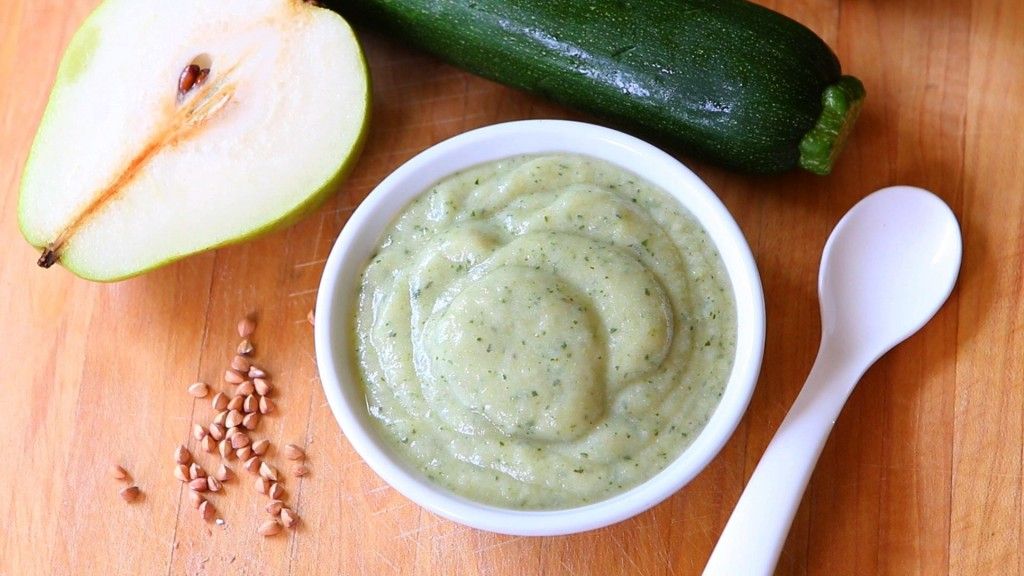 It turns out homogeneous and gentle.
It turns out homogeneous and gentle. - Freeze the chilled mass in ice cube trays or small containers. Single servings depend on the age of the child. We put them in the refrigerator.
Transfer the frozen cubes to a plastic bag and put them away for storage.
How to freeze squash puree for weaning:
Helpful tips
Follow our tips:
- cut the zucchini into small pieces so they freeze faster;
- put in the bag the amount of vegetables needed for one meal;
- meat or fish semi-finished products must not be placed in the chamber next to zucchini;
- After removing the zucchini from the freezer, do not wait until they are completely melted, heat them immediately.
As you can see, there is nothing terrible and complicated. The main thing is the desire and love for your baby.




